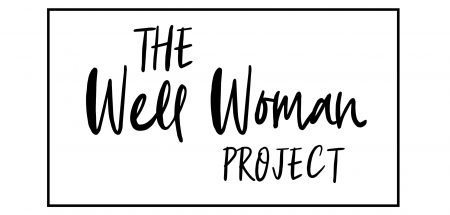Why I bang on about CHARTING!
Charting your period isn’t rocket science. It’s not. Really, you just say what you see and feel. It’s a bit like keeping a bullet point journal. Please do it. There is so much to find out about your cycle, your wellness, your hormones, and that’s why I constantly try and encourage women to start charting. By documenting more than just when your period starts and finishes, you can learn stuff that you can then use to make your cycle more manageable AND improve your overall health.
When I work with clients, I explain that charting your period throws up interesting and helpful patterns and it is ALWAYS an eye opener. I get them to write things down. On a piece of paper because I’m old skool, but you could always use an app. I don’t know about you, but I can’t remember what I had to eat for dinner 5 days ago, let alone what my mood was when I was ovulating last month and what day it was that I felt so groggy and bloated. By writing things down, you make sure you don’t forget, and what might seem random or insignificant might start to form a pattern or clue. Sometimes we find out that cycles aren’t regular anymore or that headaches pitch up in the same week each month. One of the biggest things my clients notice is what happens with their energy levels as they move with our cycle, which helps to explain why sometimes life seems easier than other times. Our capacity changes as we move through the seasons of our monthly cycle.
I’ve got a useful video that talks more about these seasons of our monthly cycle, and you can watch it on my start charting guide. In short, though, I see our cycle as having four seasons: Spring, Summer, Autumn and Winter. Sound familiar?
You can use these seasons to note different things during your cycle.
Spring – just after your period has ended – note down your energy levels, libido (I will talk a little more on this later), cravings, sleep, stress levels, mood, how does your body feel? Any aches pains? Capacity, cervical secretions.
Summer – in and around ovulation – look out for changes in energy, libido, cervical secretions, sleep, cravings, pain, any symptoms like headaches/bloating etc, mood.
Autumn – after ovulation – Energy & mood might change again, make notes about sleep, PMT symptoms, cravings, cervical secretions, temperature, pain, capacity, stress levels, sociability.
Winter – while you’re on your period – jot down any cravings, sleep patterns, energy, flow, clots, colour, amount of period products used, pain, mood, cravings, symptoms like headaches, length of period.
When you start to document these things, you build up an awful lot of information. It starts to create a map of your cycle. It shows what is normal FOR YOU as well as what is not normal. You can use this map – you’ll know when your mood might naturally dip, you’ll know when you need to perhaps turn down a couple of invitations or get to bed an hour earlier. You’ll know when you need to load up on superfoods and keep hydrated. You’ll know when you’re going to have excess energy to burn off, or when you’re going to want to curl up on the sofa and binge Netflix. OK, we all have busy lives, things we have to get done, commitments. But imagine just using this information to make a few tiny tweaks here and there. Imagine saying no just once and planning for a night in and a takeaway on that one day of the month when you know you’re going to be totally and utterly pooped. Imagine how much better that would feel.
Of course, there is so much more to it, and if you have complex things going on with your cycle, or if you’re struggling to get to the bottom of why your emotions are so haywire, or why you’re in so much pain and so on, then I can help with that. I read period charts like a first language after all – you do the charting, I’ll do the interpreting! Find out more about my Roadmap Consultations which are a great place to start if you do need help with your symptoms.








